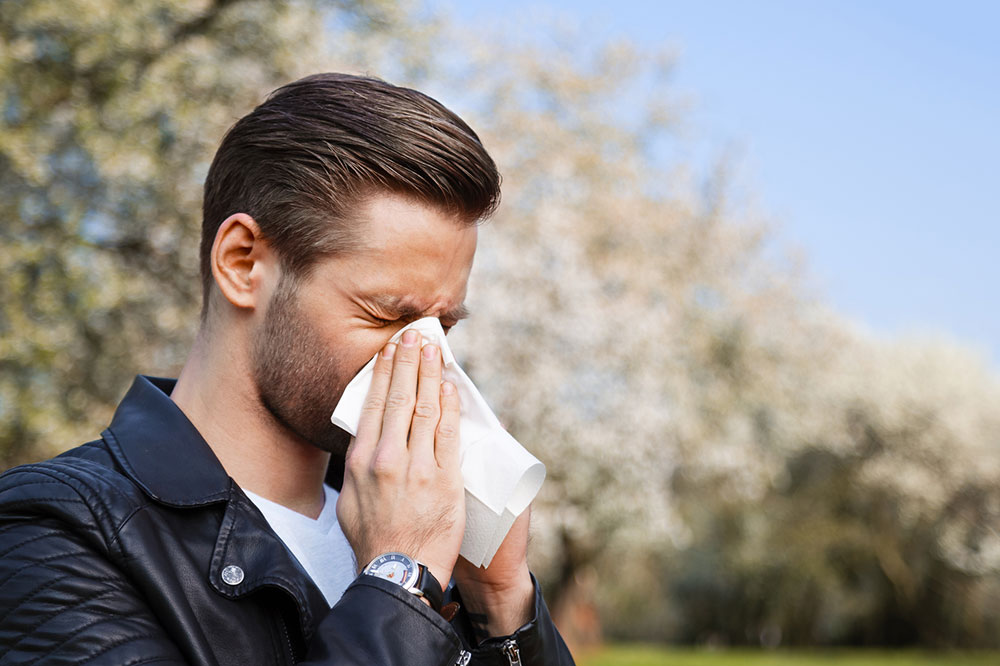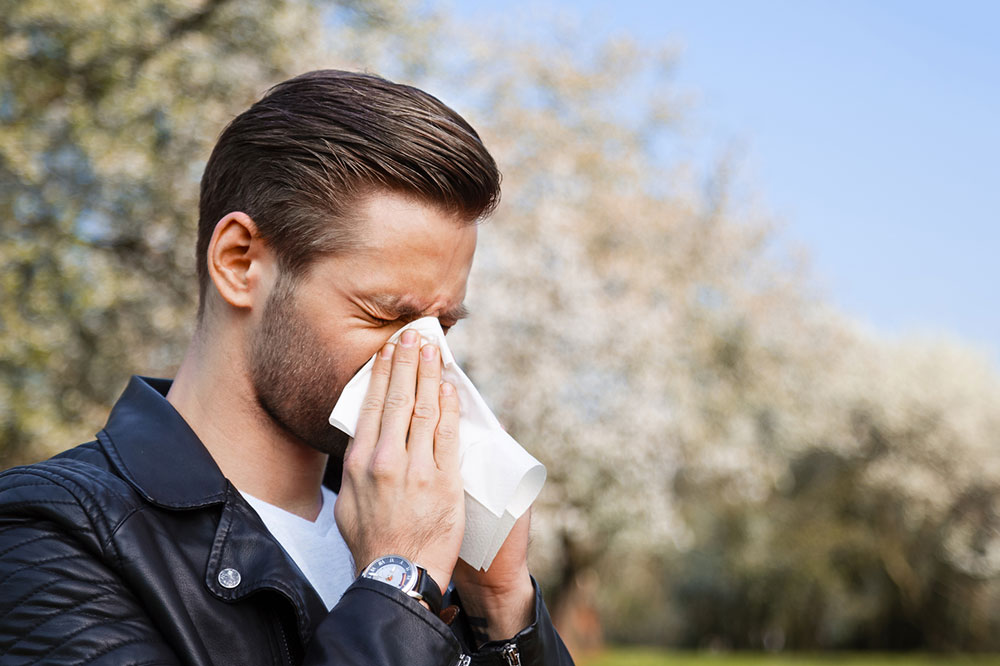Understanding Allergies: Symptoms, Development, and Prevention
Learn about the stages, symptoms, diagnosis, and prevention of allergies. Understand how your immune system reacts to various allergens and discover effective strategies to manage and prevent allergic reactions safely. Consultation with healthcare professionals is essential for proper diagnosis and treatment planning.

The body's immune system constantly defends against viruses and bacteria to keep us healthy. Sometimes, however, it mistakenly targets harmless substances, leading to allergic reactions. These substances, known as allergens, trigger various responses in the body. With proper awareness, allergies can be effectively managed and prevented.
Stages of Allergy Development
Although symptoms can differ, the process of developing an allergy generally follows five stages:
Stage 1
The allergen enters the body via food, air, or skin contact, interacting with cells.
Stage 2
The immune system produces immunoglobulin E (IgE) antibodies.
Stage 3
These IgE antibodies attach to the gastrointestinal or respiratory tracts without immediate effect.
Stage 4
Upon subsequent exposure, IgE recognizes the allergen as harmful, triggering a reaction.
Stage 5
Within 24 hours, immune cells release chemicals to address the affected areas.
Diagnosing Allergies
Allergy diagnosis involves recognizing symptoms such as skin rashes, nasal congestion, sore throat, or watery eyes. Severe reactions may cause abdominal pain, breathing difficulties, swelling, or dizziness. If symptoms occur, consult a healthcare professional. Tests like elimination diets, skin prick tests, or blood tests help identify specific allergens, guiding effective treatment.
Prevention Tips
Identifying your allergies allows you to avoid triggers and take prescribed medications regularly. Severe reactions require carrying an epinephrine auto-injector and wearing a medical alert bracelet for safety. Proper management enables a healthy, normal lifestyle despite allergies.
Disclaimer: The content provided is for informational purposes only. It should not replace professional medical advice. Always consult healthcare experts for diagnosis and treatment.










